I-5 electric truck charging sites mapped out by electric utilities; West Coast Clean Transit Corridor
Green Car Congress
JUNE 18, 2020
The West Coast Clean Transit Corridor Initiative , a study commissioned by a collaboration among nine electric utilities and two agencies representing more than two dozen municipal utilities, recommends adding electric vehicle charging for freight haulers and delivery trucks at 50-mile intervals along Interstate 5 and adjoining highways.

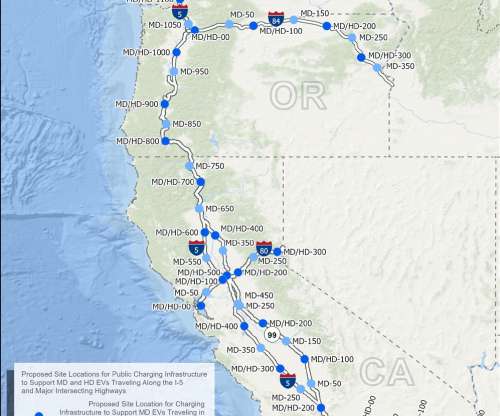
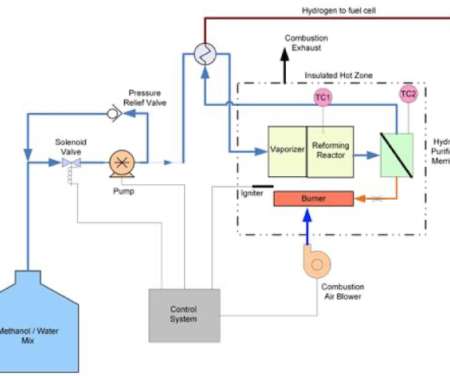

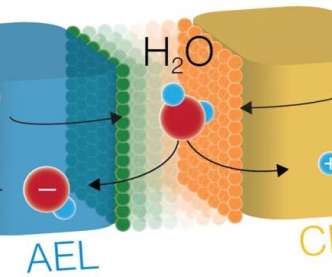

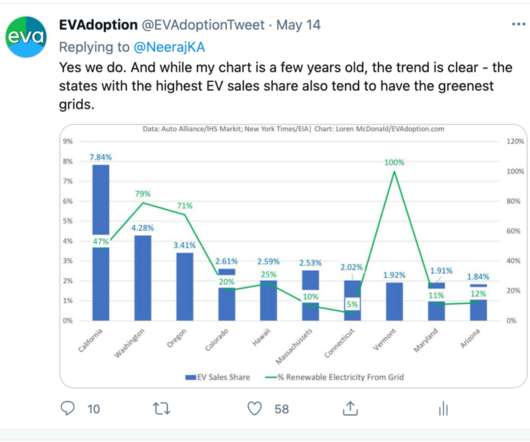

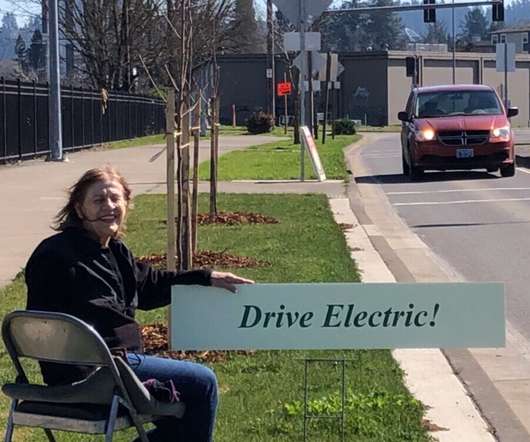






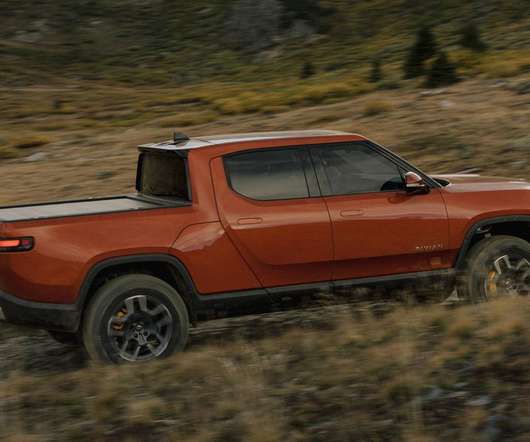

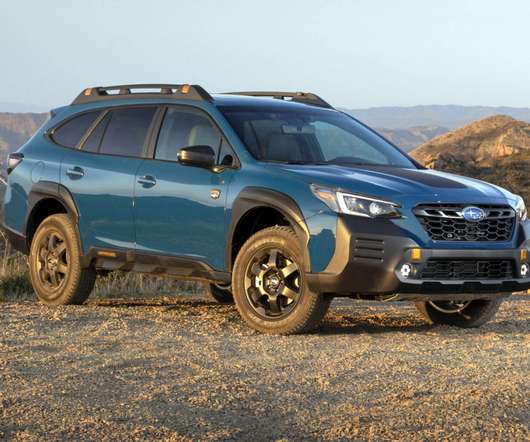
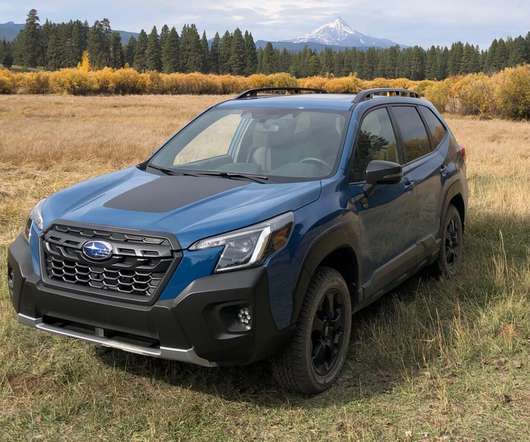









Let's personalize your content